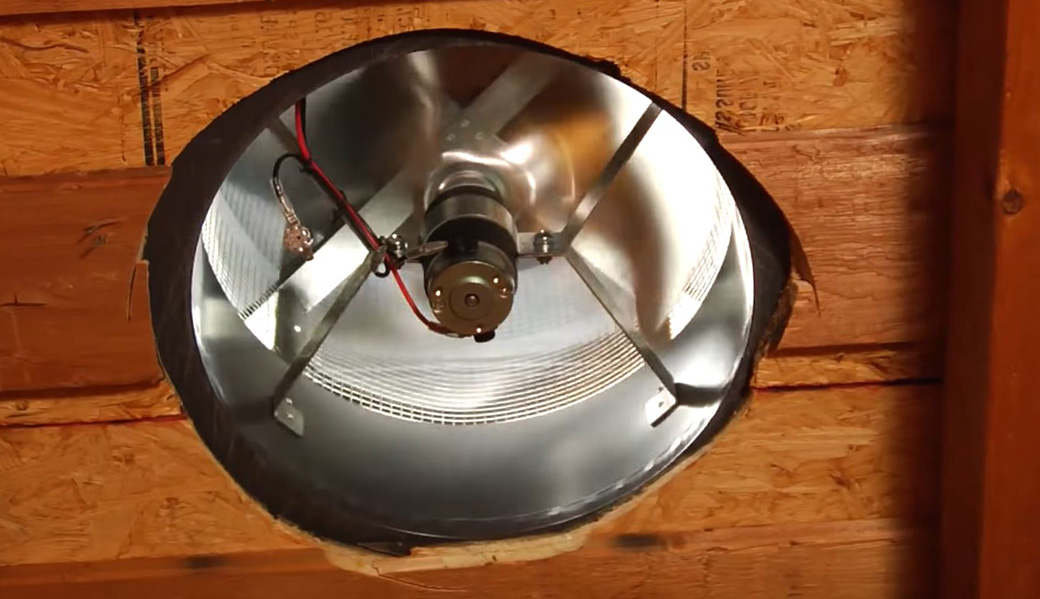Do I Need More Attic Ventilation?
If you're finding an increase in moisture and black mold in your attic or on your roof, it could be a sign that ventilation is poor up there. Incorporating more ventilation, or a better functioning ventilation system, can be the answer to your problems, but it's not the only solution to a moisture problem. Nor is it always the right one.

NOT ENOUGH ATTIC VENTILATION
When you don't have enough ventilation inside your roof, humidity and moisture will build up there, and that can lead to moss, black mold, algae, and even water damage, in turn. This tends to happen during the winter, when the house is being heated up from the inside. During the summer, when the temperatures outside are very warm and you want to cool the inside of the house down, poor ventilation will prevent hot air from getting out and new, fresh air to get in. It will be too hot and stuffy, even with the air conditioning on.
TOO MUCH ATTIC VENTILATION
If you have attic ventilation that is too much for the roof or building, you’ll face different problems, but still problems nonetheless. If poor weather hits, extra ventilation points will allow for more air to blow through the roof, and could cause more roof damage. The same happens during rain, and not just bad rain — the more vents you have, the more of a chance you have of water getting inside. You can say the same for now and ice too, and we can't forget about insects that could easily slip inside.
It’s like most things in life — too much of something and you’ll have problems, too few of something and you’ll have problems. With attic ventilation, you’ll need to get things just right.
HOW WILL I KNOW HOW MUCH ROOF VENTILATION IS RIGHT?
There are a lot of things to take into consideration when you're talking about ventilation in a building, not just a roof. It is generally estimated that you should have around one foot of ventilation opening for every three hundred or so feet of space. If your attic is only 300 square foot, you will only need one square foot of ventilation opening.
Unfortunately, many things can switch this number up. To start with, a square foot of ventilation opening doesn't just mean a square foot hole. You can't just have a square foot hole in your roof. That hole will need to be covered by something — a vent — and this reduces the ACTUAL square footage of ventilation [opening] you have.
We advise letting a professional roofer look at your roof to ensure that the ventilation system is just as it should be. That's something we include in our full roof assessment, but make sure to ask your roofing specialist whether or not he or she will be looking at the ventilation system before you book the visit.
Visit our Roof Contractor home page to learn more about us, or hire a local professional from over 100 USA locations.

